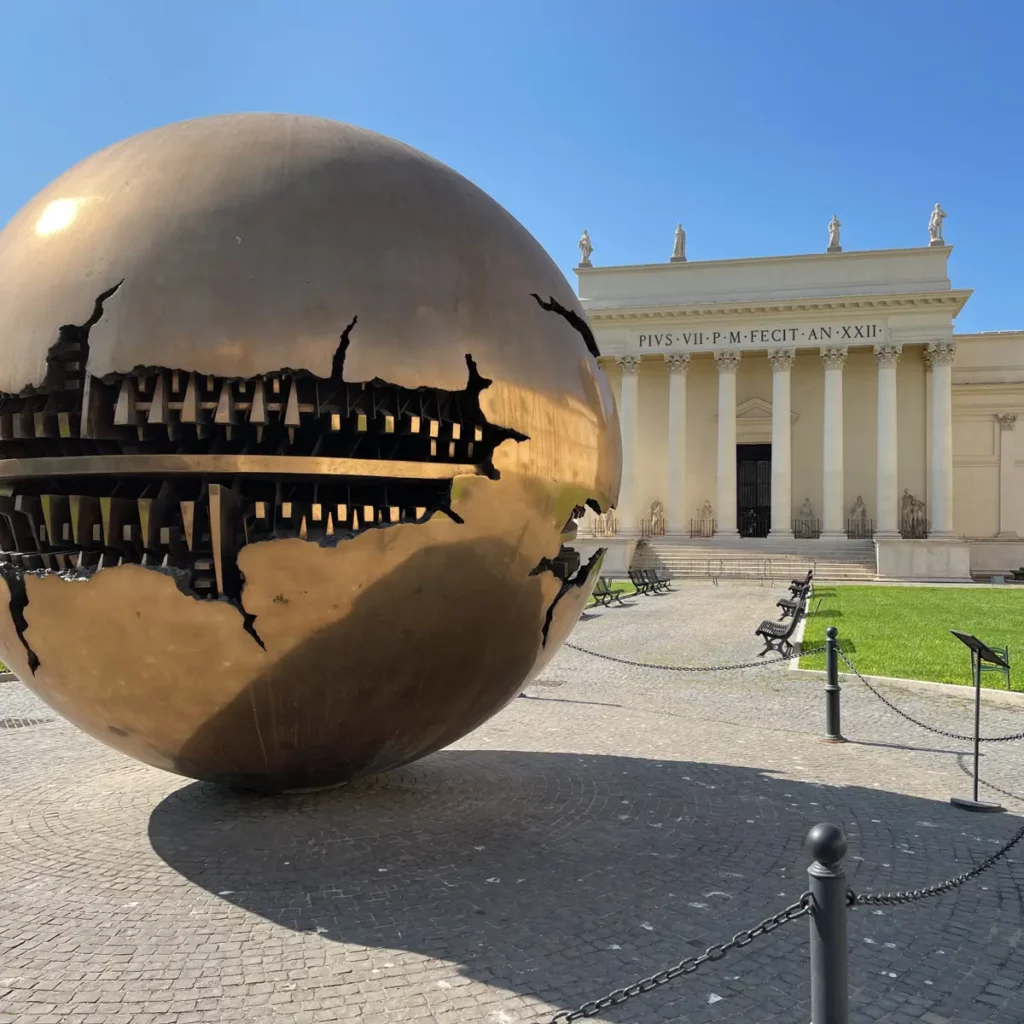The term ‘Open City’ signifies a city that has surrendered to an enemy without any fighting or resistance. A unilateral declaration, however, may not be recognised by the enemy. This eventuality is what took place in Rome: after arresting Mussolini, although King Victor Emanuel III declared Rome to be ‘Open City’, German troops occupied the Eternal City and the Allies bombed it 51 times.
On our Tour, we retrace the events which bloodied Rome Open City, and visit the locations where these events took place:
- the EUR district, a new City with Ministries, Museums, Government Palaces,conceived by Mussolini to house the Exhibition Universal of Rome (E.U.R., supposed to take place in 1942).
- the district of S. Lorenzo, struck by a thousand tons of bombs on July 1943
- Porta Ostiense, where 3,000 thousands Italians soldiers and ordinary citizens tried to prevent the entry of German tanks
- Ostiense Station, built to welcome Adolf Hitler visiting Rome in 1938
- the Ardeatine Caves, where 335 men were massacred in retaliation for the killing of 32 soldiers of the Polizeiregiment ‘Bozen’at Via Rasella
- Porta Maggiore, through which General Clark and his troops entered Rome on June 5th 1944
- the Jewish district, where about a thousand Roman Jews were arrested and deported in October 1943
As giving an account of the urban resistance of roman partisans, we will visit the Gestapo prisons, transformed into the Museum of Liberation, and drive along Via Veneto, which before becoming the street of the ‘dolce vita’, hosted the German Command, and attracted spies, double agents and secret agents, like the famous Peter Thompkins of the Office of Special Services.
A look at Mussolini’s balcony will make the Tour complete.




